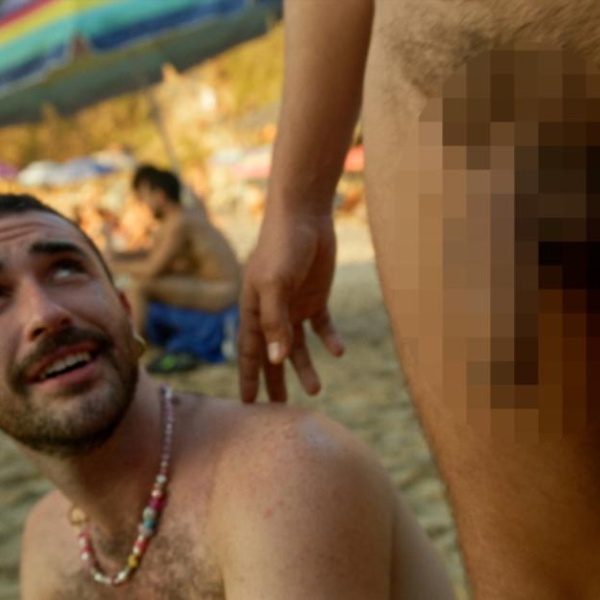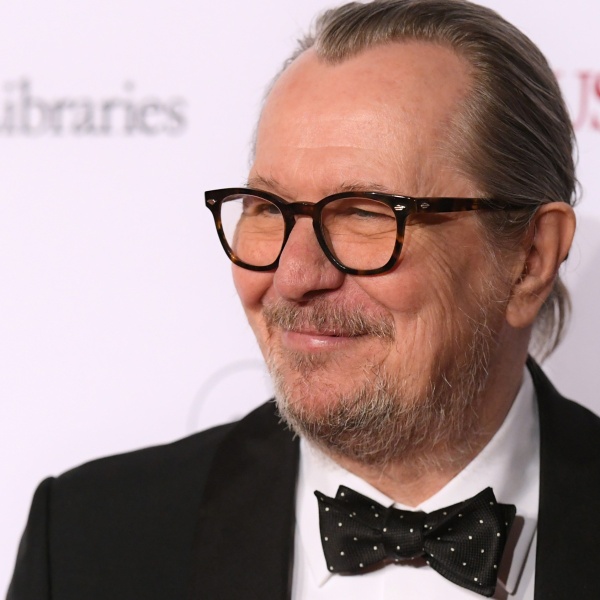Director Yorgos Lanthimos and cinematographer Robbie Ryan, not unlike the family at the center of “Poor Things,” like to experiment.
In their previous collaboration on “The Favourite,” Lanthimos and Ryan trained the audience’s eyes to function like unctuous couriers through extreme wide lenses and a slinking set of camera movements that matched the actors’ physicality. But the approach to period and the techniques Ryan and Lanthimos allow (and don’t allow) themselves on “Poor Things” show a whole other gear of what the pair can do visually.
In this latest film — based on the Alasdair Gray novel about Bella Baxter (Emma Stone), brought back to life thanks to a timely transplant of her unborn infant’s brain into her own skull (for science!) — there’s still plenty of extreme wides and a distinctive fish-eye look that heightens key moments. But Ryan curated a pared-down set that makes the world of the film look like a true alternate reality of a different time.
“We tested a ton of lenses, and the great thing about Yorgos’ testing ethic is that he just wants to test to a point where he doesn’t have to have too many lenses. So we got it down to four or five in the end that he was keen to try out,” Ryan told IndieWire. “It meant it was quicker to shoot on the day because he knew he only had four lenses to choose from.”
But those four lenses didn’t necessarily match the cameras Ryan shot with. The “Poor Things” cinematographer would put a 16mm lens on the 35mm camera, which created a vignette effect reminiscent of the dark borders surrounding early photography prints. “Any time a scene needed a bit more expression, Yorgos would call out for the 4mm. It’s the one a lot of people talk about because it’s quite a funny lens. Usually, when the scene gets a bit heightened, that lens came out,” Ryan said.
Another distinctive lens that Ryan and Lanthimos chose was a Petzval lens, which are rehoused projector lenses from the early 20th century that create a beautiful portrait look while still having some wide-angle wildness to it. Ryan could use the Petzval in deliberately portrait-like moments of Bella struggling with, understanding, or deciding something, so that it shifts all the detail in the frame onto her while creating a lovely bokeh behind.
But the big leap that Lanthimos and Ryan take on “Poor Things” is with zoom lenses, allowing the camera to dance through the shots just as fluidly and unpredictably as Bella’s mind does. “Yorgos wants to try something new [on] every film,” Ryan said. “In ‘The Favourite,’ there are no zooms. And in this one, we decide to do a lot of zooming and structure a scene through a developing zoom shot, as such.”
While the wide-angle lenses give a visceral sense of the strangeness of the film’s world and the way that Bella processes it, Ryan uses his zoom lens to find characters within a given scene, pull back into a two-shot, or move the audience’s focus to something else. But that put a lot of pressure on Ryan as an operator. “I had to do a lot of finely tuned zooms that, if they [went] wrong, we’d have to do it again,” Ryan said. “Because it’s a one-camera shoot, you only have a dolly, a track, and a camera, and then this set of lenses.”

The simplified approach in this aspect of the cinematography encouraged Ryan to play with LED backdrops and heightened lighting so that the texture of the film, in both its black and white and its color sections, matches the imaginative, consciously artificial production design.
It’s only towards the very end of the film, when Bella goes to General Blessington’s (Christopher Abbott) estate to learn more about her past life, that Ryan could stretch some old muscles; that mansion is one of the few locations the film used, allowing Ryan to work with slightly less artificial lighting. But the quality of the light and physicality of the location makes the place feel cold and unnatural in comparison to everything that’s come before.
“When you shoot on a location versus when you shoot on a stage — even though all of our stage sets were composite as the production designers call it; it’s not like all the rooms are separate. It’s a whole location, but it’s in a studio. You have a different set of parameters. So you have to kind of adapt to the set a little bit,” Ryan said.

Those constructed sets with fantastic detail by production designers Shona Heath and James Price helped shape Ryan’s choices, too, even in the earliest stages. Ryan did some testing in the Baxter house before any of it had been painted, but the canted geometry of the space was, more or less, in place.
“It looked like a beautiful, different kind of film, almost. Both me and Yorgos were like, ‘This looks really great in white,’” Ryan said. “It felt like an Antonioni film, a really weird, different type of film [when] the sets were half-built and it just had a science-fiction feel. But we were lucky because [the sets] just got better and better.”
With all the impressive zoom choreography and porthole effects onto the fantastic world of “Poor Things” under their belt, who knows? Maybe a sci-fi Antonioni riff will be Ryan’s next experiment.



